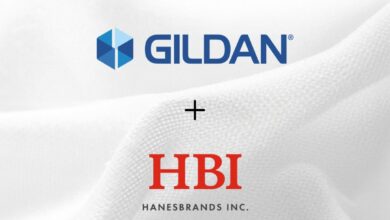To provide the full-color benefits of heat transfers on garments, you’ll first want to consider the type of business and products you want to offer, as well as your initial investment budget.
Consider the final product you would like to sell. Are you more interested in having the capability to print full-color images or do you prefer using vector graphics? Do you want to create light garments or dark garments? Do you plan to offer short-run orders and/or bulk orders?
After considering these variables and providing your own answers to these questions, the biggest factor in choosing the right printer is deciding which transfer paper is right for your unique business-inkjet paper or laser paper.
The Pros and Cons
Inkjet paper is the more cost-effective of the two, and it will allow you to print full-color images with vibrant colors. One disadvantage of inkjet papers is that most require you to have a plotter/cutter to remove the excess transfer material. This means longer production time. Inkjet papers can also have a heavier hand than laser papers, which may cause your transfers to feel more like vinyl when applied to a shirt.
Laser papers produce vibrant vector prints, and most brands are available in self-weeding options. This saves time during production and affords you the ability to turn your orders around faster. The downside to using laser paper is the initial cost of the supplies and the learning curve you’ll have to overcome when you first start printing.
The burden of the higher cost of laser paper is almost canceled out by the fact that you charge more for your full-color, decorated products without having to deal with other potential application obstacles. Think about it this way; you won’t be able to achieve the same full-color results as you would with screen printing without the expensive supplies, costly equipment, and daily mess that go along with providing a screen-printing service. By utilizing laser papers and investing in the initial high cost, you can save yourself a couple of headaches.
Equipment Requirements
In the world of heat transfer media, not all printers are created equal. While you can use a budget-friendly inkjet printer, I would recommend that you pay close attention to the paper specifications, as not all inkjet papers are compatible with all inkjet printers and inks available. Find out whether the paper you are purchasing will work with your printer and ink of choice before you invest the time and money.
Laser papers are the same in the sense that they are not all compatible with just any laser printer, and some laser papers even require that you buy a white toner-capable printer to print on dark garments. It’s always a good idea to talk to a product support specialist or manufacturer representative about printer compatibility and fuser temperature before deciding on paper and whether it will work with your current printer or the one you’re most interested in purchasing.
Fabric Options
When it comes to inkjet printing, you have two paper options: paper for light garments and paper for dark garments. Generally, both types of paper can be printed on using the same printer, but each one requires a couple of different steps for success in the process.
There are also two types of laser printer paper. Your ability to produce dark garments will depend on the printer you choose. You’ll find that CMYK toner printers cost less than white toner printers, but CMYK printers will limit you drastically, as you can only produce light garments. Honestly, investing a little more money into a white toner printer will eventually pay off in the long run because it affords you the ability to offer more of a variety of garment color options. This also means you can provide them at a higher price than your light-colored products.
Both laser and inkjet printers can jumpstart your garment decorating business with no problem, so my suggestion is to start where you are comfortable but do your research. Don’t be afraid to call and ask product specialists or sales reps all your questions before you spend the time and money. Good luck!
—Coastal Business Supplies



